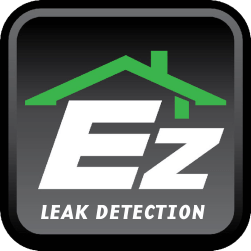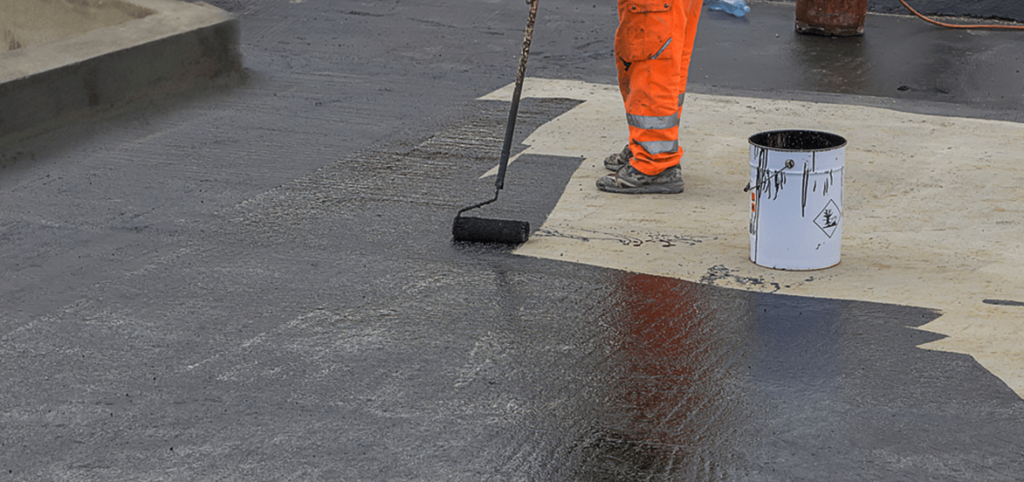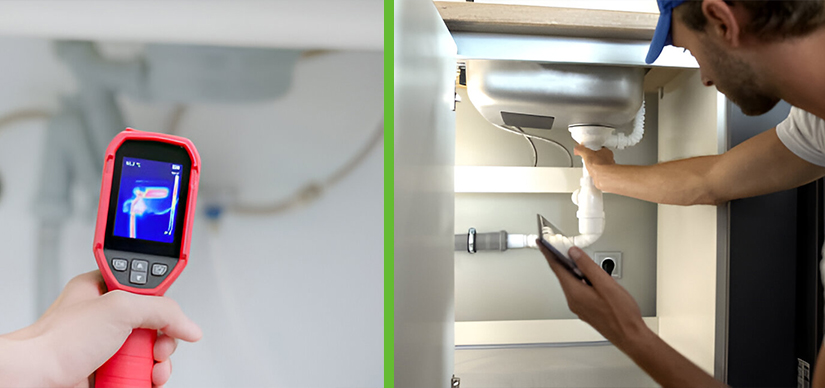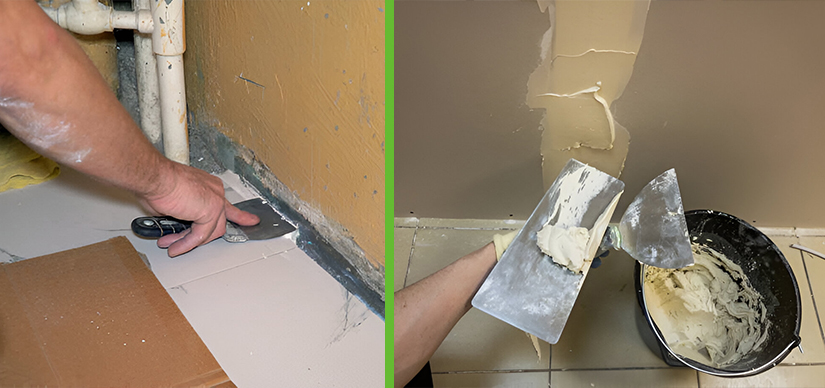Problems With Construction
The very first thing to notice is that the water is kept out by the strengthened concrete slab, not the screed. It needs to be well-designed and built. Also, it will need to be supported by substantial walls. Additionally, it must also be formed as a single, seamless piece of concrete with no seams. Any concrete joints could be a cause of the future leak. The steel reinforcement needs to be the right size and properly installed. It’s also crucial that the concrete be properly mixed during installation; not very much water should be supplied, and when pouring the concrete, a vibrator must be used to release any trapped air.
Furthermore, the cement screed frequently causes issues. This thin layer can become very hot in direct sunlight, while the steel and concrete materials of the roof behind it remain cooler. The screed grows more than the cement, causing the screed to splits and cracks to appear throughout the roof’s surface. The screed frequently separates from the concrete beneath as a result of this cracking.
When it rains, water can now penetrate the screed’s fissures and move across the roof in between concrete screed and the strengthened concrete finding any leaks through the strengthened concrete and into the room beneath.


















